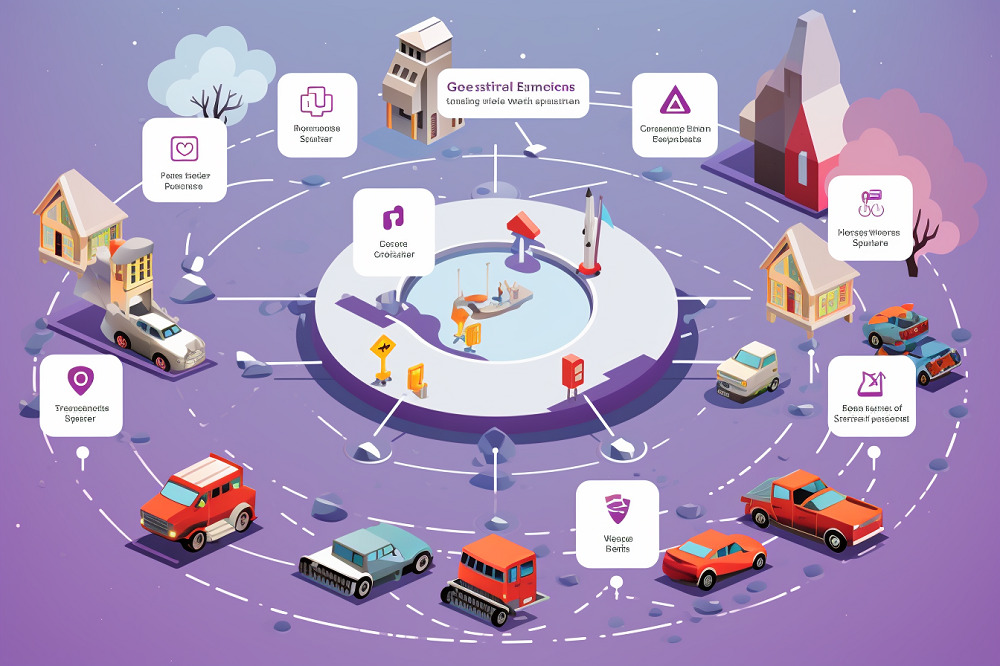ERC-404 Token Standard And Ethereum Gas Fee Surge
Ethereum’s gas fees have surged to levels not witnessed since March 2023. On-chain data shows that the primary reason for this surge is the rising demand for an experimental token standard (the ERC-404). This token standard has sparked a frenzy of interest among traders and investors alike.
Gas fees on the Ethereum network soared to a peak of 70 gwei on February 9. Recall that gas costs reached 377 gwei on May 12, 2023. This surge in gas fees coincided with the rapid ascent of the ERC-404 trend.
The ERC-404 demand began on February 5 when the Pandora project launched its long-awaited experimental standard. Since then, ERC-404 has experienced a meteoric rise, boasting a 6,100% increase and nearly $475 million in trading volume.
ERC-404: A New Frontier In Token Standards
At its core, ERC-404 intends to connect ERC-721 NFTs to its native ERC-20 tokens, enabling fractionalized ownership and facilitating seamless trading and lending. Despite its unofficial status, ERC-404 has attracted massive interest from developers and enthusiasts.
While speaking during a recent interview, a developer from the Pandora project (“ctrl”) stressed the team’s dedication to optimizing gas costs. Ctrl explained that their ultimate goal is to minimize gas fees by up to 300%, adding that gas optimization is vital for adoption and protocol integration.
Challenges And Realities
Nevertheless, the surge in popularity of ERC-404 tokens has its obstacles. PopPunk, a Gaslite co-founder, stated (via the X platform) that an ERC-404 token consumes about three times the gas needed for a typical NFT transaction. Thus, it has significantly strained the Ethereum network, with much of the increased activity originating from decentralized exchange protocols like Uniswap.
Meanwhile, DeFrogs and other ERC-404 projects have collectively generated trading volumes exceeding $600 million in the past week, per data from cryptocurrency aggregator Birdeye. However, this euphoria may be short-lived, as recent market movements suggest a potential downturn in ERC-404 tokens.
In the past 24 hours, the market cap of ERC-404 tokens has dipped by 29%, with tokens such as DEFROGS, PANDORA, and RUG experiencing significant declines. The decline of ERC-404 tokens signals a potential reality check for the Ethereum ecosystem, prompting questions about its future trajectory.
Renewed Interest In Ethereum Staking
Meanwhile, the latest update from ValidatorQueue, the validator entry queue on Ethereum, shows that the number has surged to 7,045, its highest point since October 6. This surge suggests a resurgence of enthusiasm for staking on the Ethereum network.
Meanwhile, David Lawant, FalconX’s head of research, remarked that the increase in Ethereum staking activity is a promising indicator of revitalization within the ecosystem. However, Lawant noted that despite the increased interest, there has been little to no improvement in the yearly percentage gain on staked ether., which has remained between 3.5% and 4% for the past four months.
The Ethereum network has a cap on the number of new validators allowed per epoch, leading to a queue of applicants. Since each epoch lasts about 6.4 minutes, clearing the existing backlog is estimated to take more than 48 hours.
In addition to the surge in validator entries, the Ethereum network witnessed a brief spike in the waitlist for validators looking to exit following revelations from defunct crypto lender Celsius regarding its intention to unstake all of its ETH holdings.
